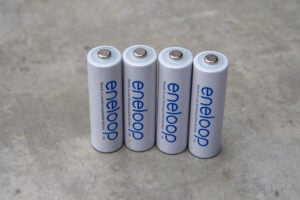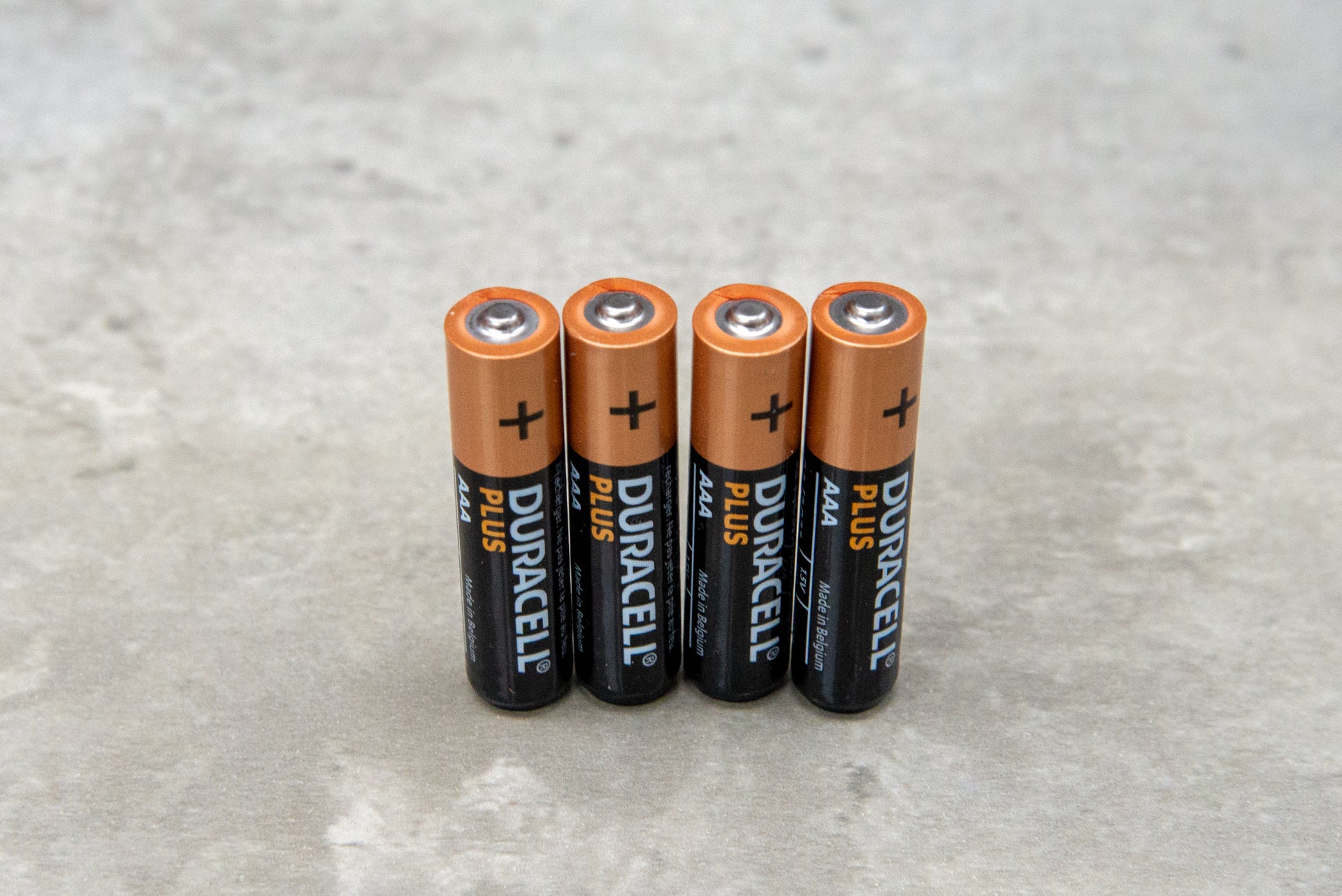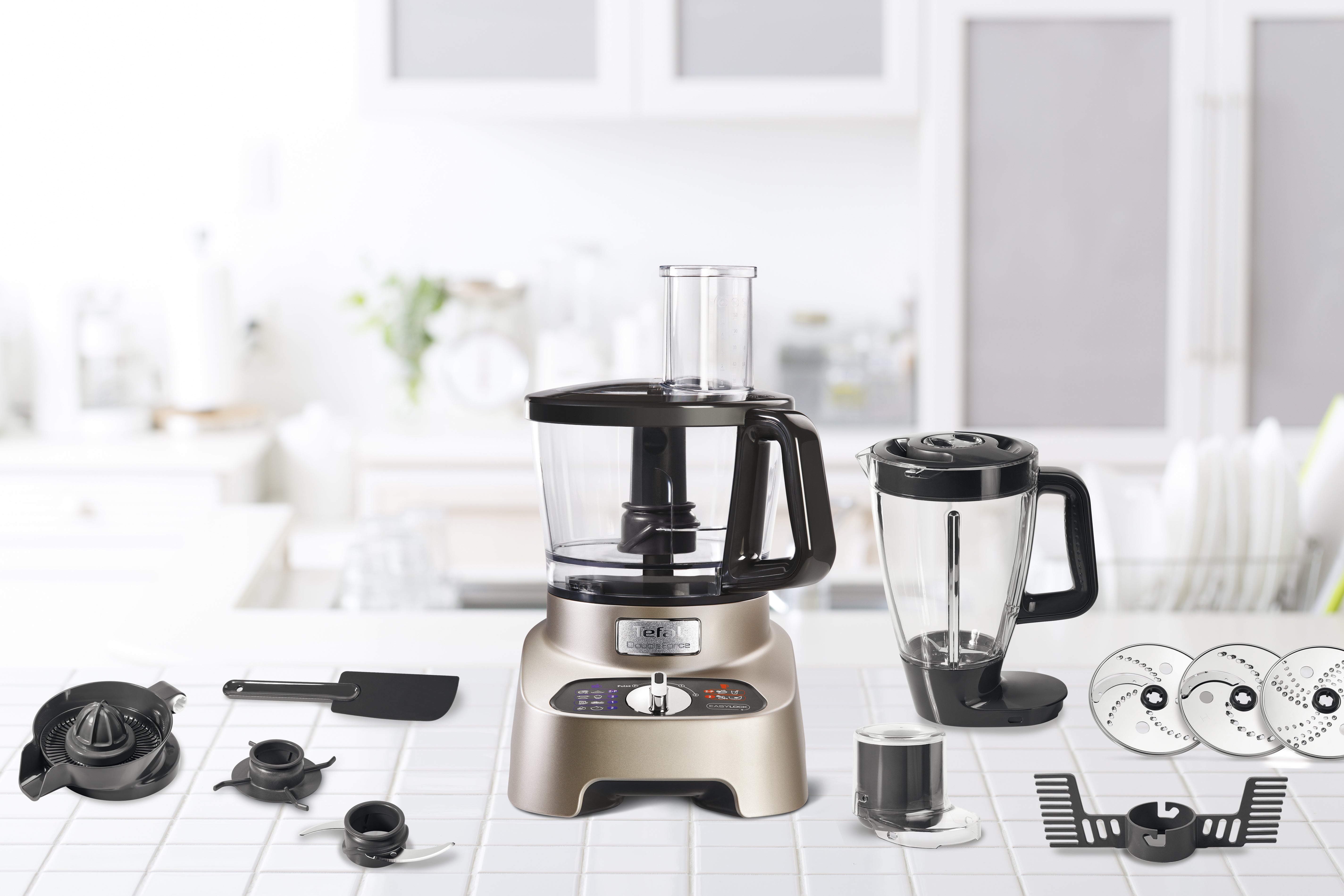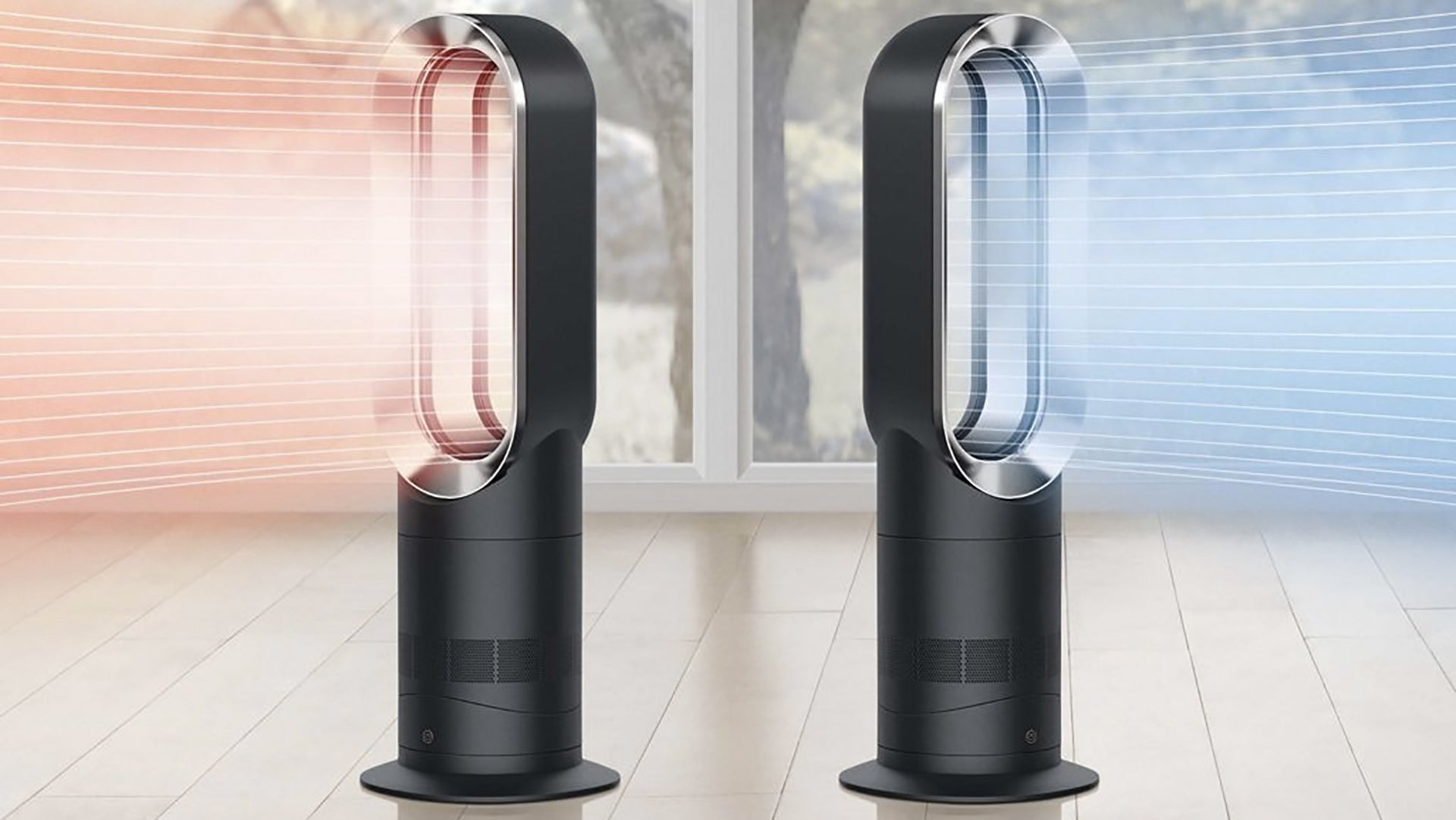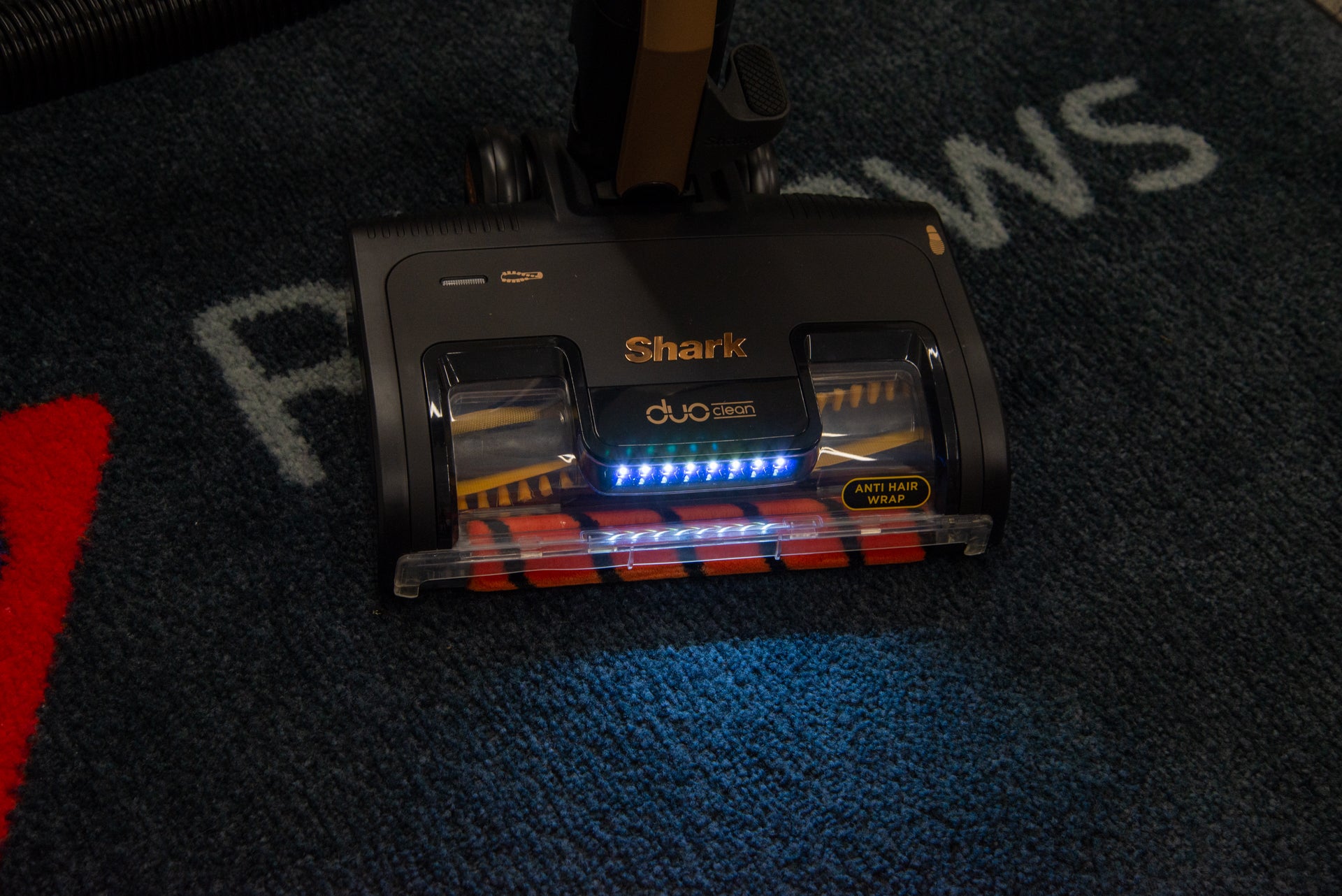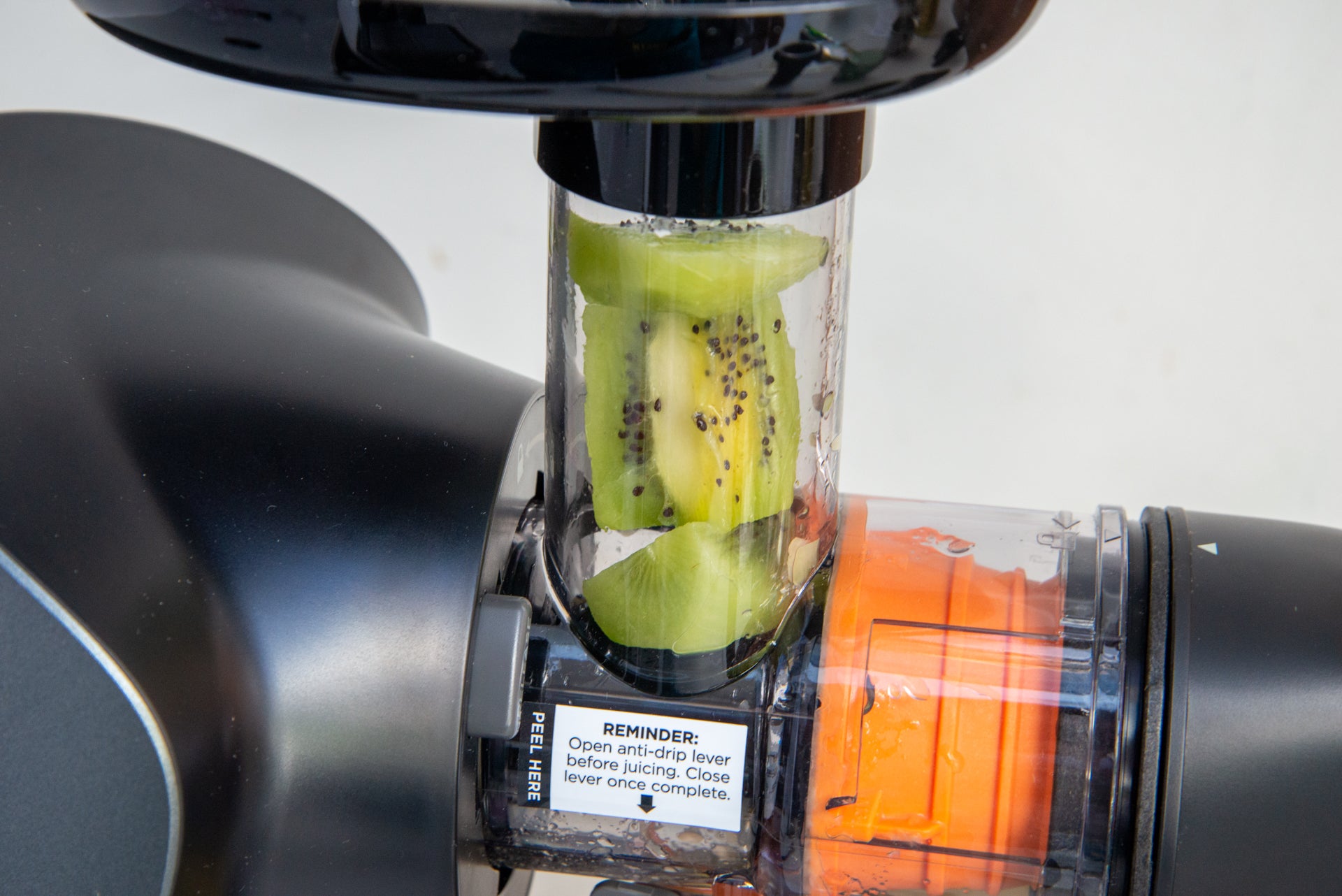Best Rechargeable AA and AAA Batteries 2024: Tried, tested and reviewed
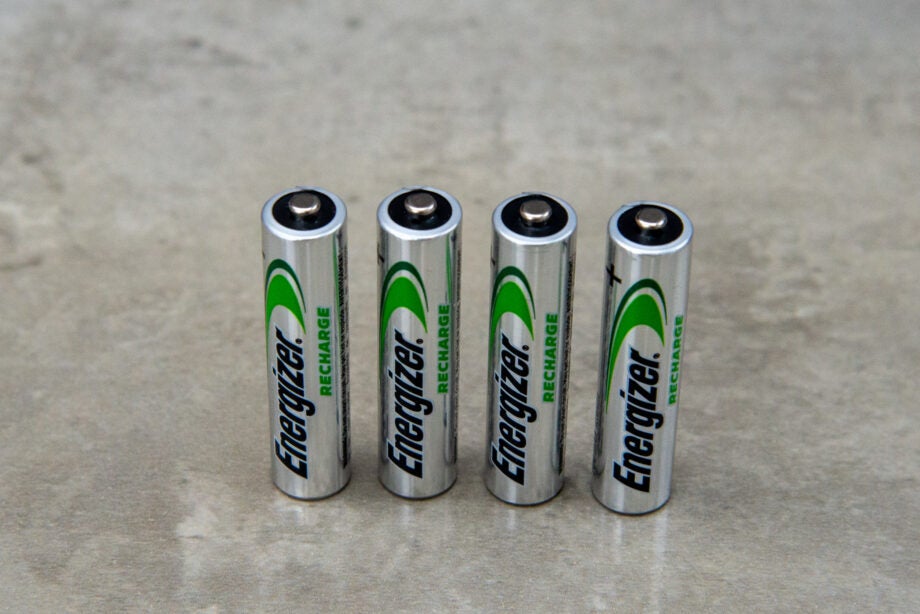
Better for the environment, better value over their life span and, often, more powerful, rechargeable batteries are typically better than their disposable equivalents.
It used to be that rechargeable batteries suffered from high battery drain, losing a considerable amount of power while sat idle, which made them unsuitable for many jobs. For example, in remote controls, rechargeable batteries would run out of power at more regular intervals than standard disposable batteries, making them an annoying choice. However, improvements in technology now mean that there are rechargeables that can compete with alkaline models for longevity.
On top of that, rechargeable batteries can deliver more power than their alkaline equivalents, as demonstrated in our performance tests, where we measure the capacity of every battery. That makes rechargeables better for game controllers, toys and even torches.
There are a few products that require the use of alkaline batteries, such as smoke alarms; check the manual of the device that you want to use to see if it can be used with rechargeables. In the majority of cases, you will be able to. Where you must use regular batteries, check out our guide to the best AA and AAA batteries.
Best rechargeable AA and AAA batteries at a glance
- The best overall rechargeable batteries: GP ReCyko Pro 2000mAh AA – check price
- The best AA rechargeable batteries for high-power devices: Ansmann Digital AA HR6 2850mAh – check price
- The best budget AA rechargeable batteries: Amazon Basics High Capacity Rechargeable AA 2400mAh – check price
- The best AA rechargeable batteries to replace alkalines: Eneloop AA – check price
- Best AA rechargeables for a quick turnaround: GP Recyko Charge 10 AA – check price
- The best overall AAA rechargeable batteries: Amazon Basics Rechargeable AAA 800mAh – check price
- The best AAA rechargeables for high-power devices: Ansmann Micro AAA 1100mAh – check price
How we test
We take four batteries from the same manufacturer, so that we can average our results. We test all rechargeable batteries using an Ansmann Energy XC 3000 battery test. Using this, we charge the batteries and confirm that they have a starting voltage of at least 1.2V.
Next, we put the batteries through 10 charge and discharge cycles using a standard high-drain load of 600mA (+/-20%), stopping when the voltage hits 0.94V. This gives us our initial capacity figure in mAh (milliamp hours), with the higher the figure the better.
We then repeat this test four more times (50 cycles), taking results after each ten cycles to ensure that battery performance doesn’t degrade with use. This lets us work out which batteries are best. We do take into account the final use, too: high capacity batteries may be great for torches, but cheaper lower-capacity ones may be more suitable for remote controls or solar lights.
- Huge number of recharge cycles
- Holds charge well
- Powerful
- Expensive
- High capacity
- Long lifetime
- Stable performance
- Expensive
 Best budget AA rechargeables
Best budget AA rechargeables
- Great value
- High capacity in tests
- Retains less charge over a year than competition
- Huge number of charge cycles
- Retain their charge for a long time
- Expensive
- 90% charge in just 10 minutes
- High capacity
- Low self-discharge
- Fast-charging reduces battery life
 Best AAA rechargeables
Best AAA rechargeables
- Great value
- Holds charge well
- 1000 charge cycles
- Only available in bigger packs
- Very high capacities
- High number of charge cycles
- Well priced
- Relatively expensive

GP ReCyko Pro 2000mAh AA
The best overall rechargeable batteries
Pros
- Huge number of recharge cycles
- Holds charge well
- Powerful
Cons
- Expensive
If you have lots of devices that run on batteries then the GP ReCyko Pro 2000mAh AA batteries are a worthy purchase. Although slightly more pricey than other rechargeable batteries, the GP ReCyko Pro are long-lasting and powerful.
On average one rechargeable battery replaces 500 alkaline batteries which is a pretty impressive statistic when you consider the cost and environmental impact of 500 single-use batteries. The GP ReCyko Pro AA however go even further and claim a lifetime of up to an impressive 1,500 cycles – triple the amount of a standard rechargeable battery.
This is particularly noteworthy if you’re put off by the initial high cost as overtime you can easily save yourself a substantial amount of money by no longer needing to replace drained batteries.
The GP ReCyko Pro can also conveniently hold up to 70% of their charge after five years which means you can charge your batteries upon purchase and keep them in storage, ready for use whenever you need them.
In our tests we found that the initial voltage of a GP ReCyko Pro battery was 1.4V, which is impressive as rechargeable batteries should have an initial minimum voltage of 1.2V, so already the GP ReCyko Pro exceeds this.
We then measured the initial capacity of the batteries with a high-drain test. Again the GP ReCyko Pro wowed us by scoring an impressive 2218mAH which is higher than the rated value.
Finally we concluded our tests by checking if the batteries suffered any adverse effects from multiple charging cycles. This is key for all rechargeable batteries however as the GP ReCyko Pro claim they can last up to 1,500 recharges this was a particularly important test. As expected we found no evidence of reduced capacity over time, proving GP ReCyko Pro’s long lifespan.
Full review: GP ReCyko Pro 2000mAh AA review
Reviewer: David Ludlow

Ansmann Digital AA HR6 2850mAh
The best AA rechargeable batteries for high-power devices
Pros
- High capacity
- Long lifetime
- Stable performance
Cons
- Expensive
The product name, Ansmann Digital AA HR6 2850mAh, tells you all you need to know. These are super-high-capacity AA rechargeable batteries with a massive rated 2850mAh capacity. We can safely say that this is correct, and in our tests, the Ansmann Digital AA HR6 2850mAh batteries delivered a huge capacity of 2911mAh, with little fluctuation over the entire 50 cycles.
That’s a huge amount of power and makes these batteries suitable for the most demanding tasks, such as demanding toys or super-bright torches.
Durability is also excellent, with the batteries rated to last for 1000 charges, around double that of standard rechargeable batteries. These will hold 60% of their charge over a year, which is a slightly bigger drop than much of the competition, so you’re better charging the Ansmann Digital AA HR6 2850mAh and using them fresh.
Price is the other issue: these are more expensive batteries than much of the competition. If you need the extra power, the extra outlay is worth it; if not, a set of lower-capacity batteries may do the job for you.
Full review: Ansmann Digital AA HR6 2850mAh review
Reviewer: David Ludlow

Amazon Basics High Capacity Rechargeable AA 2400mAh
The best budget AA rechargeable batteries
Pros
- Great value
- High capacity in tests
Cons
- Retains less charge over a year than competition
The Amazon Basics High Capacity Rechargeable AA 2400mAh batteries are anything but ‘basic’. Great value, particularly when bought in bulk, and high capacity, they’re great all-rounders.
Putting the batteries through our standard tests, we found that the batteries managed a charge of 2677mAh, which is a chunk higher than the rated values. These batteries are a very good choice for demanding applications, such as high-power toys and batteries. Starting voltage was 1.4V, which is above the minimum 1.2V required.
There are some downsides. First, charge retention is just 70% after six months and 50% after one year, so these batteries are best used fresh, and aren’t so good for low-drain devices such as remote controls. Secondly, Amazon says that the batteries will last for “hundreds of charges” but doesn’t state how many.
If you buy in bulk, these batteries are excellent value, so make a good choice if you need a lot of high-power batteries. If you need more flexibility, the GP ReCyko Pro 2000mAh AA may be better.
Full review: Amazon Basics High Capacity Rechargeable AA 2400mAh
Reviewer: David Ludlow

Eneloop AA
The best AA rechargeable batteries to replace alkalines
Pros
- Huge number of charge cycles
- Retain their charge for a long time
Cons
- Expensive
The Eneloop AA batteries are built to do pretty much everything that alkaline batteries can do, so are perfect replacement in some situations.
First, the Eneloop AA batteries can be charged 2000 times (or more), which means they’ll last for a long time. These batteries take more recharge cycles than any others that we have reviewed.
Incredibly, they’ll also hold 70% of their charge for ten years, so you can use them in low-drain devices, such as remote controls without fear that they’ll just discharge naturally. That’s also good news if you want batteries that you can charge and have ready to go.
The flipside is that capacity isn’t so high. Eneloop rates these batteries at 1900mAh, and our tests showed that capacity was 2101mAh, with very little fluctuation over our 50 test cycles. For higher-drain use, such as game controllers, you’ll probably want higher-capacity batteries, such as the GP ReCyko Pro 2000mAh AA.
The batteries are also quite expensive, but if you need a direct replacement for a set of alkaline batteries, there’s nothing better.
Full review: Eneloop AA review
Reviewer: David Ludlow

GP Recyko Charge 10 AA
Best AA rechargeables for a quick turnaround
Pros
- 90% charge in just 10 minutes
- High capacity
- Low self-discharge
Cons
- Fast-charging reduces battery life
The issue we all face with rechargeable batteries is that they’re not ready when we need them. In many cases, we’ll turn to alkaline batteries when they’re needed straight away. The GP Recyko Charge 10 AA are here to solve that issue, as they can get to 90% charge when speed is of the essence, provided you use them with the dedicated charger.
That’s great for convenience, but be aware that fast charging does reduce battery life: fast charging gets you only 250 cycles, while slow charging extends life to 700 cycles. We recommend fast charging only when you absolutely have to.
Capacity is rated at just 1700mAh, although we found that they managed 2045mAh when slow charged, a chunk above that rated capacity. On a fast charge, power was 1769mAh.
If you need the flexibility to charge batteries quickly, then there’s nothing quite like these models from the competition. If you can pre-charge sets, there are high-capacity alternatives.
Full review: GP Recyko Charge 10 review
Reviewer: David Ludlow
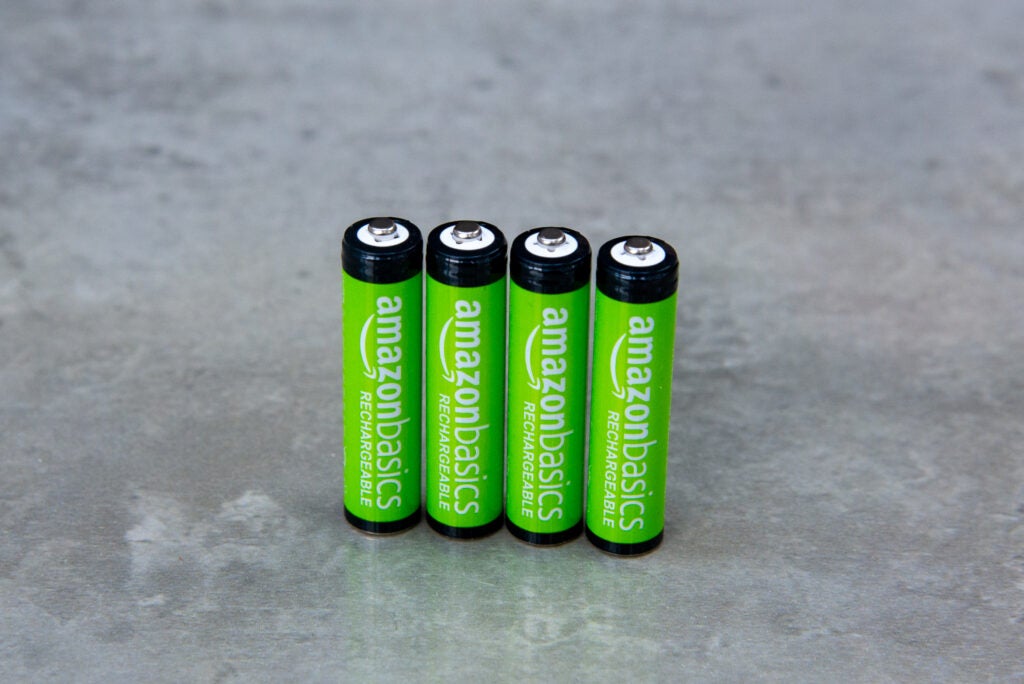
Amazon Basics Rechargeable AAA 800mAh
The best overall AAA rechargeable batteries
Pros
- Great value
- Holds charge well
- 1000 charge cycles
Cons
- Only available in bigger packs
The Amazon Basics Rechargeable AAA 800mAh show that decent rechargeable batteries don’t have to cost a fortune, particularly if you need to buy them in bulk.
These batteries are rated to last for 1000 charging cycles, which is a huge amount of time, and higher than much of the competition. And, these batteries will retain 80% of their charge after two years, which makes them a brilliant choice if you need batteries that you can charge or store, or for low-drain use, such as in remote controls.
Capacity is rated at 800mAh, which is fairly standard for AAA batteries. We found that this figure was correct and measured capacity at 844mAh, with little variation over 50 testing cycles.
Overall, the combination of longevity, price and power make the Amazon Basics Rechargeable AAA 800mAh the best rechargeable AAA batteries that you can buy.
Full review: Amazon Basics Rechargeable AAA 800mAh review
Reviewer: David Ludlow
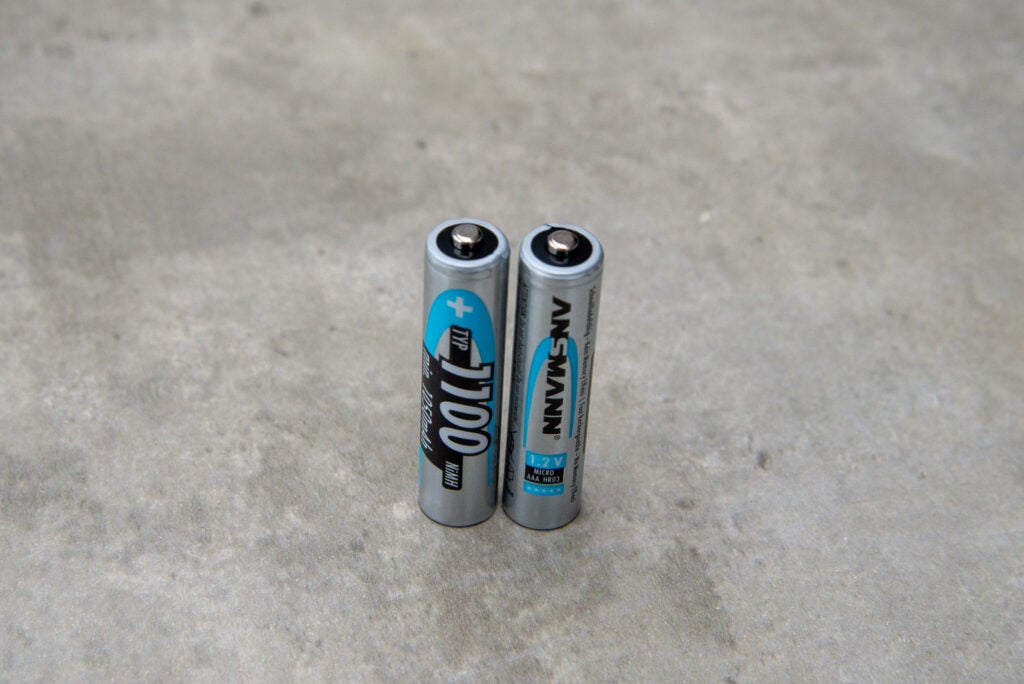
Ansmann Micro AAA 1100mAh
The best AAA rechargeables for high-power devices
Pros
- Very high capacities
- High number of charge cycles
- Well priced
Cons
- Relatively expensive
While most devices that draw a lot of power require AA batteries, there are some, such as some torches, that run on AAA batteries. For these kinds of device, the Ansmann Micro AAA 1100mAh are the best choice.
These are the highest-capacity AAA batteries that we have tested, with a rated capacity of 1100mAh. In our tests, over 50 cycles, we saw a capacity of 1050mAh, which is a little under the rated value, but the highest of any AAA batteries.
Longevity is good, too. The Ansmann Micro AAA 1100mAh are rated to last for 1000 cycles, and they’ll hold 80% of their charge for a year, too.
The Amazon Basics are better value and will suit most people’s needs, but if you need extra power, these are the ones to get.
Full review: Ansmann Micro AAA 1100mAh review
Reviewer: David Ludlow
We also considered…
FAQs
All rechargeable batteries will naturally discharge over time. That is, they lose power when sat in a drawer doing nothing. How important this is, depends on the use. If you want batteries that you can pre-charge and leave ready for use, then look for models that retain a higher percentage of their charge over a year or more (our reviews, above, have more information). Likewise, look for batteries that retain their charge for low-drain devices, such as remote controls, where little power is required but over a long time.
Batteries that don’t retain as much charge tend to have higher capacities and are best suited to more powerful devices, such as toys and torches.
Not quite, but in most cases. Rechargeable batteries have lower starting voltages (1.2V) compared to alkaline batteries (1.5V), which some people say is important; however, alkaline batteries quickly discharge voltage, whereas rechargeable batteries do so more slowly. As a result, most devices will work at lower voltages, although you may get some minor issues: our smart lock complains that its battery is low when using rechargeables, even though it works properly.
Some devices require alkaline batteries for safety reasons, such as smoke alarms. Where it’s stated that you must use alkaline batteries, you should do so.
Power is quoted in milliamp hours (mAh), such as 2000mAh. With this example, used with a device that draws 2000mA, the batteries would last for one hour; used with a device that draws 1000mA, the batteries would last for two hours. What you really need to know, is that the higher the number, the more power the batteries hold.
How important this is, depends on the type of device that you’re using. See the question about the discharge rate (above) for more.




